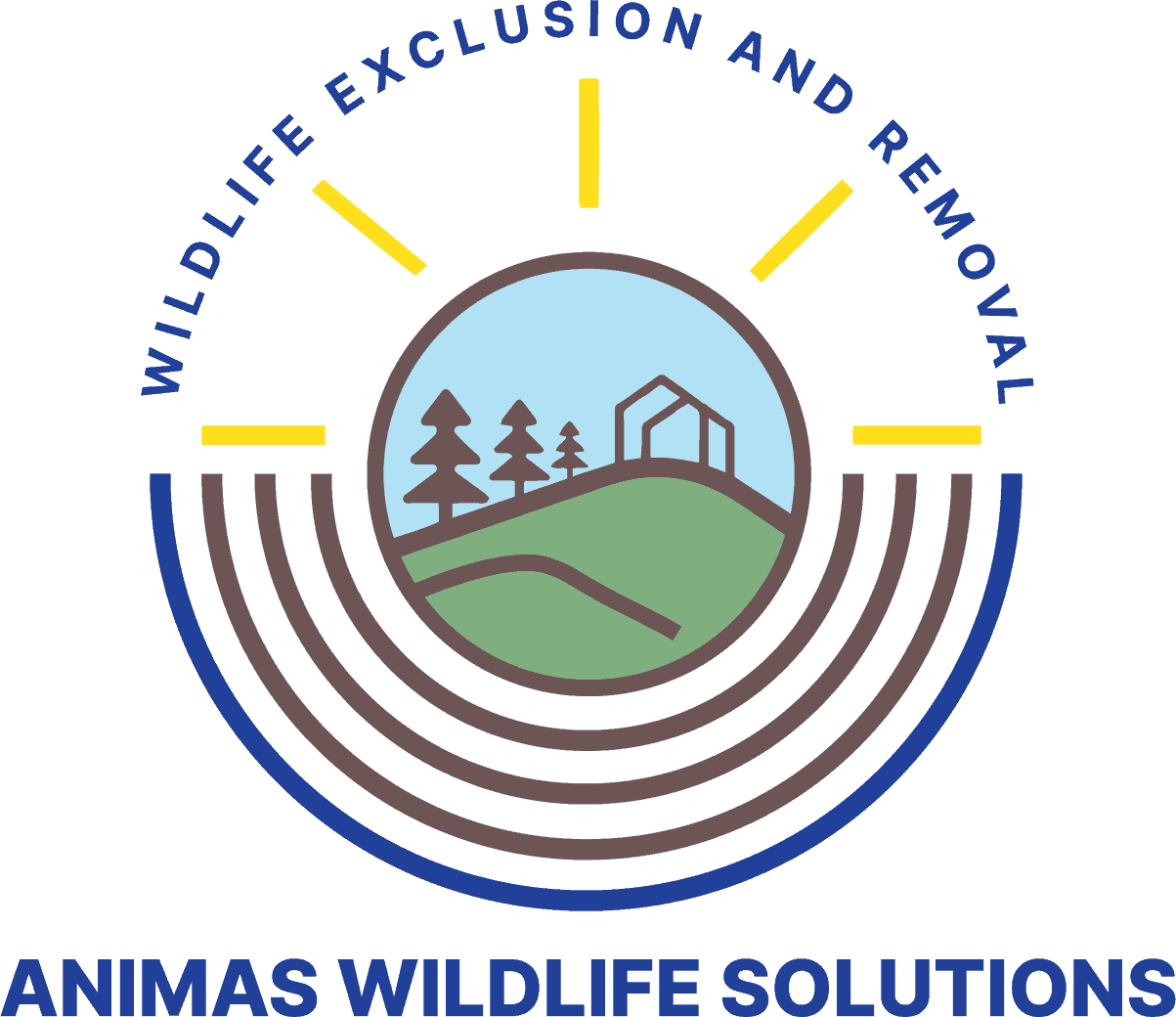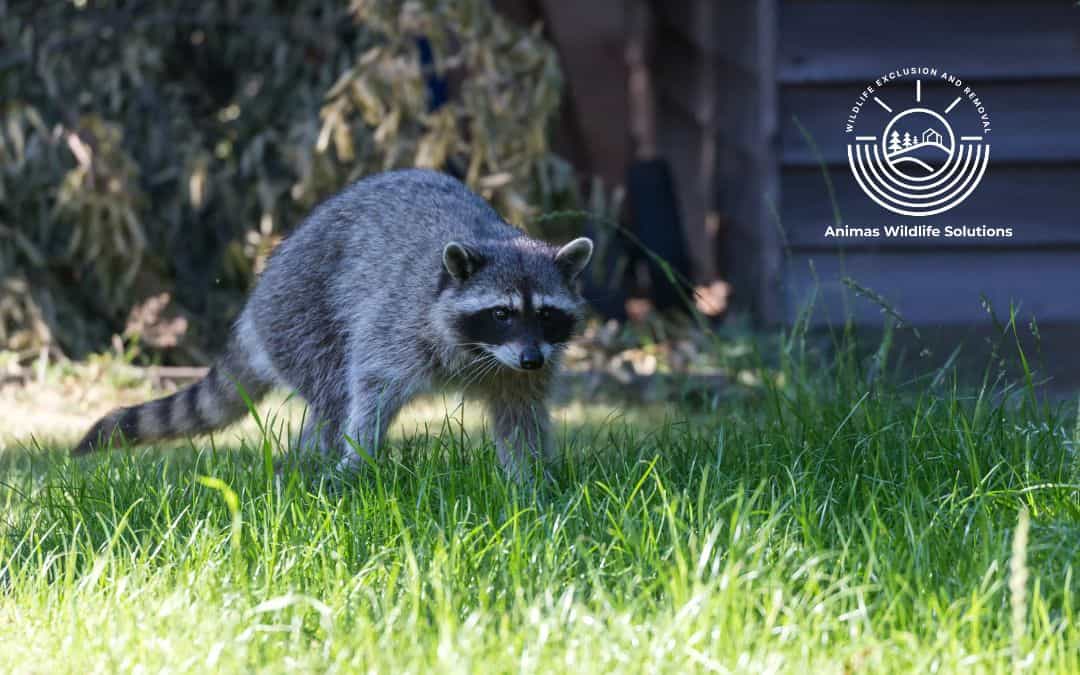In the beautiful areas near Durango, Colorado, where nature thrives and the wilderness sits in close proximity to human activity, the presence of wildlife is both enchanting and challenging. While many animals contribute to the vibrant ecosystem, it’s essential to be aware of potential dangers like rabies. Animas Wildlife Solutions, dedicated to humane wildlife solutions in our area, emphasizes the importance of understanding and addressing this threat to ensure the safety of both humans and pets.
What is Rabies?
Rabies is a viral disease that affects the central nervous system, primarily transmitted through the saliva of an infected animal via bites or scratches. The virus can infect all warm-blooded mammals, including humans, posing a severe threat to health.
Dangers to Humans and Pets
Rabies is a potentially fatal disease that attacks the brain and can spread rapidly in an area if an infected host is loose. Once symptoms appear, it is almost always fatal. Humans and pets can contract rabies through encounters with infected wildlife, making it crucial to take preventive measures and be aware of the carriers in the local environment.
Species Carrying Rabies in the United States
In the United States, the most common carriers of rabies include:
These species are known reservoirs for the virus, and any interaction with them should be approached with caution. Understanding the behavior of these carriers is essential for residents of the Durango area to minimize the risk of exposure.
Spotting Rabies in Wild Animals
Identifying potential cases of rabies in wildlife can be challenging, but knowing what to look for can save lives. Signs may include:
- Abnormal behavior
- Excessive salivation
- Aggression
- Disorientation
- Avoidance of water
While not foolproof indicators, noting of the above signs should prompt caution and the need for professional assistance.
Vaccines and Treatments: Prevention is Best
Prevention is the most effective strategy against rabies, but there are some treatments available if handled quickly. On the preventative front, vaccinating your dog is a critical step in safeguarding their health and preventing the spread of the virus. People may also qualify for vaccination against rabies, although it is typically only recommended for professionals regularly interacting with wildlife (like the Animas Wildlife Solutions team members).
In case of potential exposure, immediate medical attention is crucial. Post-exposure prophylaxis (PEP) treatments are available, but they must be administered promptly after a potential rabies exposure to be effective.
Don’t Panic: Animas Wildlife Solutions Can Help
Animas Wildlife Solutions understands the unique challenges posed by rabies-carrying species in the Animas Valley and surrounding areas. Our team of experts is trained to identify and safely remove wildlife that may carry rabies from homes, workplaces, and properties. Employing humane and ethical practices, we prioritize the well-being of both humans and wildlife, ensuring a safe and secure environment for everyone. We also have the ability to send animals for testing if symptoms of rabies appear to be present.
A Final Word on Rabies Awareness
In our area, appreciation for nature must exist alongside the responsibility of managing potential risks. Rabies, a serious threat to people and their pets, requires vigilance and proactive measures to prevent. Animas Wildlife Solutions stands as a reliable partner in addressing concerns around rabies, offering humane wildlife control services that prioritize the safety of the community and the ecosystem. Stay informed, take preventive actions, and partner with experts to create a safe environment for all creatures living in our beautiful region.

